Two girls. One driven to give a lecture about the 1919 revolution that would lead to the Egyptian independence, the other interrupting her cynically with personal stories. Through broken records, confidential correspondences, and old photos, ‘Hawa El Horreya’ (‘Whims of Freedom’) takes you to a historical time when Egypt was about to change. Sounds familiar? Exactly. Travelling back almost 100 years brings one inevitably to a similar point in Egyptian history of merely three years ago: the 2011 revolution.
The struggle against a military regime, against powers. By reading history through the Egyptian and Syrian present, ‘Hawa El Horreya’ makes a painful echo in time resound on stage. We had a talk with Laila Soliman (LS), the director, and Ruud Gielens (RG), the producer and creative advisor, to find out how they came to this result.
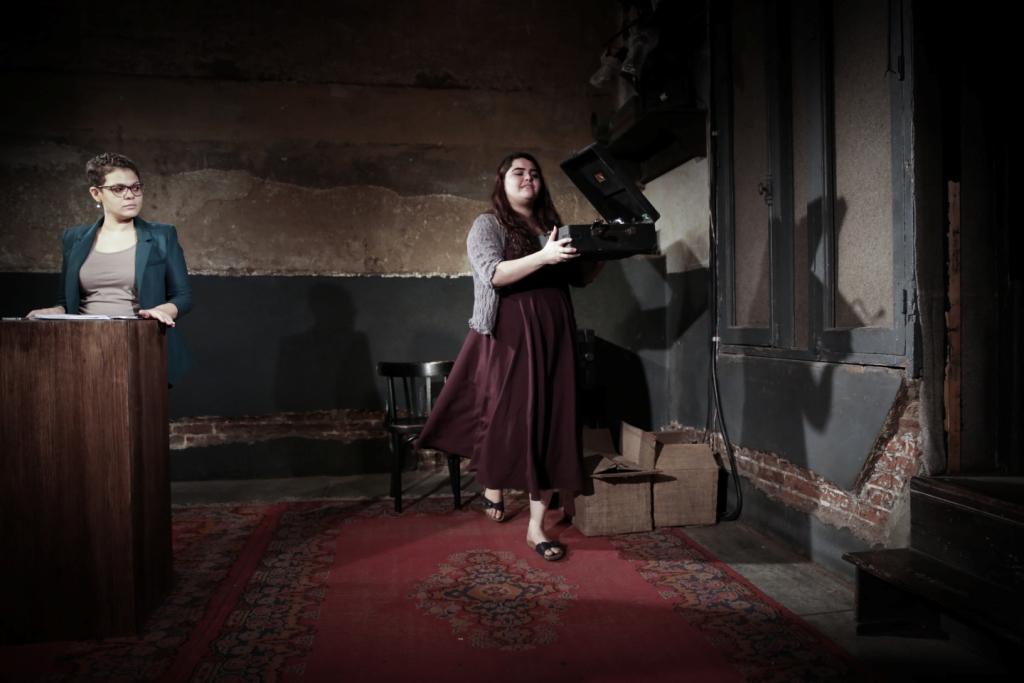
How would you describe Hawa El Horreya?
LS: “This play is a difficult one to describe. In a way, it’s a musical acting performance. It’s also the outcome of research four people did about music and theatre of the period between 1914 and 1920. It is our journey of jumping between past and present.”
Where did the idea come from?
LS: “We got a commission of Lift-Festival, about World War I. We started by asking around about the collective memory of World War I, but the collective memory of 1919 was bigger. 1919 had World War I in its reasons and it was affected by it.”
Did the idea already exist before the commission came up?
LS: “There were points of interest. I’m interested in theatre; I’m interested in history… But there wasn’t a specific idea yet. The commission was very general as well. They wanted something that had to do with it vaguely, not necessarily with World War I specifically. It was very open, very flexible. So the choices we made were very personal.”
‘Hawa El Horreya’ rereads history through poetry and songs of mainly two famous theatre divas of that period, Munira Al Mahdiyya and Na’ima al Masry. Female pioneers of a new theatrical movement, they voiced the resistance on stage. In addition to these pearls dug up from musical archives, the play uses old images, letters, and official documents to fill in the gaps of truth and add a question mark to the official history.
How many months did you spend collecting this material?
LS: “From January to May. It was done by me and another cultural historian called Alia Mossallam.”
How did it work? Did you contact people with personal collections for instance?
LS: “We tried everything!”
RG: “We would go to the markets where they sell old books, old museums… You can find enough documentation but it’s not well preserved.”
LS: “We went to the National Archives, called people who had collections, went to the second hand market, and contact certain vendors there. We went to the National Centre for Theatre and looked into the books that were available. We discovered things in the British Foreign Office Archive we wanted to dig into deeper. We sent a researcher there for one day, to get us specific things. And we also bought documents from them online. There are a lot of things in that archive but they are not really available in Egypt.”
RG: “The British kept a lot of information about what was happening during the occupation a secret. It’s only being opened now so we were discovering things that were closed for more than 100 years… Not really good things. One part of the play for instance is about rape reports concerning British soldiers.”
LS: “Those reports together are more than 100 pages. I discovered this pretty late in the research period.”
You probably found a lot. Which selection criteria did you use?
LS: “It’s such a difficult process. We tried many things. Our personal feelings, the bitterness and frustration we felt about today, made it very difficult to read things of which we never learned the truth, about that period and about what went wrong. Before the actors came in, the researcher and I were very lost. But somehow the artistic process managed to do its own selection.”
The website of the theatre play offers a deeper insight in the research process that preceded it. Several documents that came out of this process are made accessible.
Is the website aimed to fill a gap in the availability of the documents you used?
LS: “We discovered so many things and it is sad that nobody knows about this stuff. Even academic research is very selective. Everybody is building on what’s there. Nobody is going deeper into the gaps. So the idea was to make our sources available. Unfortunately it probably won’t expand because of logistical reasons, unless we get a grant and we can employ someone to do it.”
RG: “It offers a nice memory of the research project we went through. It’s also because the material we found was quite vast. When you start looking, you find more and more things and make references. There is a lot of material for more plays. The rape reports for instance are something we could not have thought of initially. If you discover something like this, you have to make a play out of it. Especially with everything that is happening in the country, such as the sexual harassment. Documents like these are very important and that’s why we chose to put them online. It’s always our hope that people get interested in that period through the play. Especially Egyptians, because it has this burden of nationalism. We wanted to offer a different angle through art.”
‘Hawa El Horreya’ is masterfully executed by Zeinab Magdy, an Egyptian actress taking up the role of the lecturer, and Nanda Mohamed, a Syrian actress and singer who brings the more personal touch to the content. Their intertwined monologues reflect conflicted versions of the truth, of history.
Was it a conscious decision to work with a Syrian actress/singer?
LS: “In the first place it was an artistic decision. She is an actress I wanted to work with earlier already. There are several reasons for this. To me, her looks are something that reminds me very much of that period. Plus it’s hard to find someone in Egypt who is as good an actress as a singer.”
And why did you choose to work with Zeinab Magdy?
LS: “Zeinab and I have worked on several projects before. When I do documentary theatre, it’s not the actor as an actor that is the most important. It’s about the performer and who he is outside of the theatre, in life, and what he can bring. Zeinab is an English language lecturer and she is interested in women’s history. So it was interesting to have her in the performance.”
As the play lays out a blend of various discourses, the spectator is indirectly stimulated to learn more about this part of history.
What else is Hawa El Horreya aiming for?
LS: “It’s about getting people to question or open up the official version of certain things. This version has been promoted since then and everybody seems to be satisfied with it. During Nasser’s reign, there was a movement for a nationalist writing of history. Once the colonial powers, who were already censoring how history was being projected and written, were gone, Nasser was like: we should write our own history, the way we see it. This resulted into one narrative. There weren’t any other angles. That is what we’re trying to question and why it is also important for us to lay some sources open.”
First, ‘Hawa El Horreya’ was performed in Cairo. Later it went to London, and future performances will take place on stages in Germany and Belgium. As the play reflects on the aftermath of World War I, a foreign struggle Egypt was pulled into while it was not its own, non-Egyptian audiences probably perceive the performance in another way than their Egyptian counterparts.
I remember a woman in the audience was crying after the first performance in Cairo. How did the audience react in London?
RD: “At first, I was a bit worried about it. I thought it was going to be too specific. We did the premiere in Cairo and moved directly to London. How were people going to interpret it? Were they going get it? But it worked out very well actually. Because it was so specific, it became universal again. The play is a history lesson in a way. It’s about a history that is completely unknown to the West. There, we know something about the Pharaohs and we know something about Nasser, and that’s it. We don’t know about anything that’s in between. For us Belgians, World War I is an important part of our history, but we know nothing about what happened at the same time in North Africa, Turkey, or Asia. I always hope that the play brings a perspective for a foreign audience and that it sheds new light on the history of that time. So I’m very curious to see how it’s going to evolve in Germany and Belgium.”
In Cairo, the performance is held in a cultural centre called Makan. The mausoleum of Saad Zaghloul, whose exile was one of the reasons that spurred the 1919 revolution, lays only footsteps away. Surrounding are the streets where many demonstrations took place over the last few years, and where many have lost their lives.
When I was watching the play, there were certain things of which I thought: ‘how did they get away with this in Egypt?’. Did you get in trouble with the government due to the content of the play?
LS: “Sometimes I think nobody cares about theatre. It’s a very small-scale performance, a very small space… And compared to previous plays I did, it’s very subtle.”
RG: “It wouldn’t be a good idea to stage her former plays again now. We’re not necessarily worried, but it definitely is something we talk about. We’re aware of the fact that what we are saying could be interpreted as non-patriotic. But anyhow they’re not focused on theatre.”
Reservation of the tickets is necessary for the performance in Cairo. For more information, go to the event page on Facebook.
Hawa El Horreya will be performed
– in Cairo (Makan Egyptian Centre for Culture and Arts) on 10, 11, 12, 13, and 14 October 2014 at 8 pm
– in Berlin (Gorki Theater) on 15 and 16 November 2014
– in Freiburg (Theater im Marienbad) on 18 November 2014
– in Brussels (Kaaitheater) on 16 and 17 January 2015

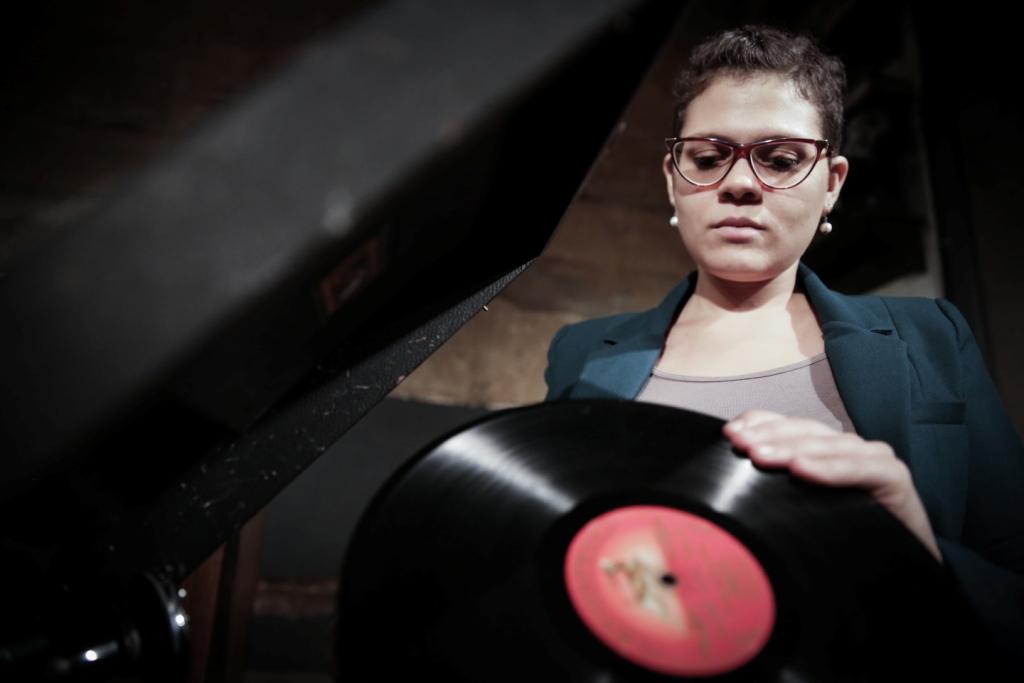
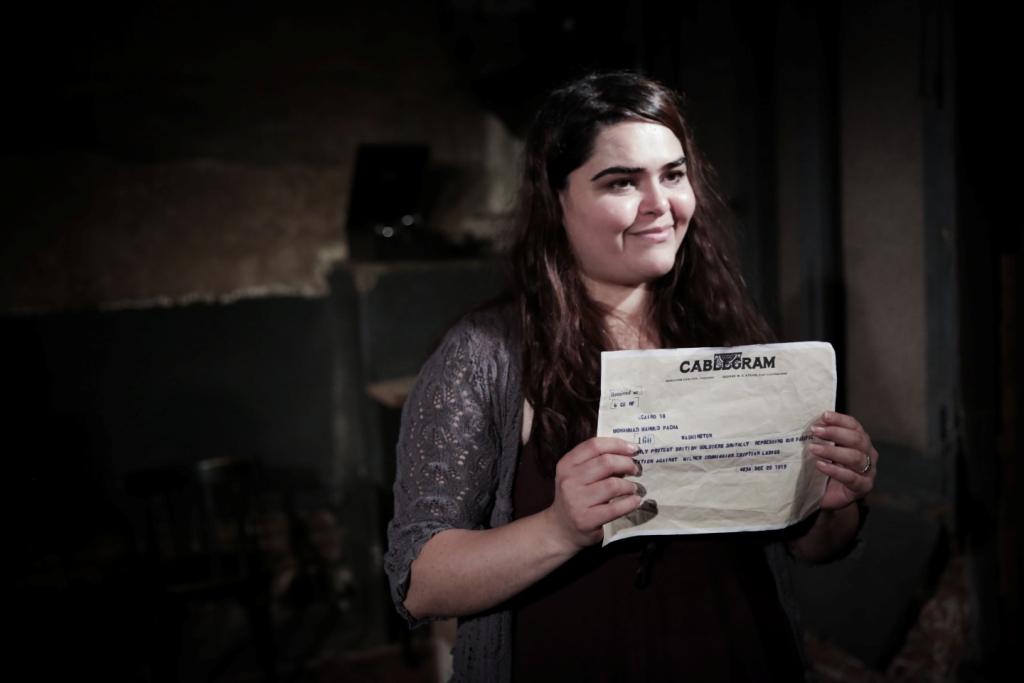



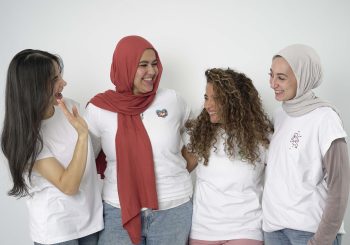
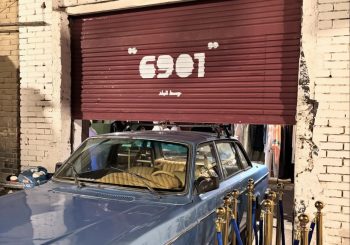
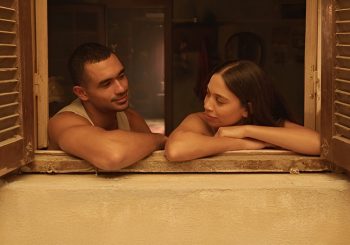
Comments (3)
[…] Gielens, the present’s producer and artistic advisor stated, in an interview with Egyptian Streets, that he was nervous about how individuals would obtain this very Egyptian narrative, however, […]
Well, here is my take on the two revolution and how each has affected the Egyptians.
Two Revolutions, a Changed People http://azzasedky.typepad.com/egypt/2014/06/two-revolutions-a-changed-people.html